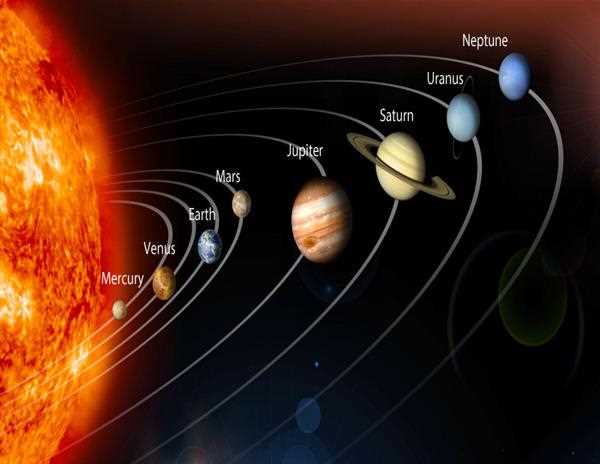The largest planet in our solar system is Jupiter. Named after the king of the Roman gods, Jupiter is a gas giant with a remarkable size and mass that sets it apart from the other planets in our celestial neighborhood.

Jupiter's colossal dimensions make it truly awe-inspiring. It has a diameter of approximately 86,881 miles (139,820 kilometers), which is more than 11 times the diameter of Earth. To put its size into perspective, you could fit more than 1,300 Earths within Jupiter. In terms of mass, Jupiter is more than twice as massive as all the other planets in the solar system combined. Its immense gravitational pull shapes the orbits of nearby celestial bodies, including numerous moons.
Being a gas giant, Jupiter is primarily composed of hydrogen and helium, with traces of other gases and compounds. It lacks a solid surface and consists mainly of swirling clouds of gas. The distinctive bands and zones visible on Jupiter's surface are the result of atmospheric dynamics, driven by strong winds and the planet's rapid rotation. These features, along with the iconic Great Red Spot, a persistent storm system larger than Earth, contribute to Jupiter's striking appearance.
Jupiter's enormous size and mass have significant implications for its gravitational influence on its surroundings. Its powerful gravity attracts numerous moons, and it plays a crucial role in shaping the dynamics of the outer solar system. Jupiter's four largest moons, known as the Galilean moons—Io, Europa, Ganymede, and Callisto—are among the most fascinating objects in the solar system, each exhibiting unique characteristics and potential for scientific exploration.
The exploration of Jupiter has been a focus of space missions, providing valuable insights into the planet's composition, atmosphere, and magnetic field. Pioneer 10 and 11, Voyager 1 and 2, Galileo, and Juno are some of the missions that have contributed to our understanding of Jupiter. The Juno mission, which arrived at Jupiter in 2016, continues to provide valuable data, revealing new details about the planet's structure, magnetic field, and atmospheric conditions.
Jupiter's influence extends beyond its physical properties. Its gravitational force acts as a protective shield for the inner solar system, deflecting or capturing potential impactors like asteroids and comets that could pose a threat to Earth. This role as a cosmic "vacuum cleaner" has significant implications for the long-term stability and habitability of our planetary neighborhood.
In conclusion, Jupiter, the largest planet in our solar system, is a colossal gas giant with a size and mass that dwarf all other planets. Its immense dimensions, atmospheric features, and gravitational influence make it a captivating object of study and exploration. Jupiter's role in shaping the dynamics of the solar system and its potential as a protective force underline its significance in understanding our cosmic environment.
